Did you know that some strongest dog breeds can generate more than 700 pounds per square inch (PSI) of bite force — far exceeding the average dog’s 230–250 PSI?
That kind of power alone makes it clear: when you’re near a truly strong dog, caution isn’t optional.
In this post, we’re about to explore several breeds that pack serious muscle, unwavering focus, and protective instincts — and why they should be treated with respect.
These aren’t just “large dogs” — they were bred for guarding, hunting, or real work. Their size and strength demand handlers who know what they’re doing.
If you ever find yourself approaching one of these canines, knowing the right mindset and respectful body language can make all the difference.
Powerful Dog Breeds You Should Approach Carefully
1. Rottweiler

There’s something undeniably commanding about a Rottweiler’s stance—muscular, confident, and calm until provoked.
Once used by Roman legions to herd cattle and guard supplies, this breed carries centuries of instinctive authority in its DNA. Its strength isn’t reckless; it’s disciplined power refined through loyalty and structure.
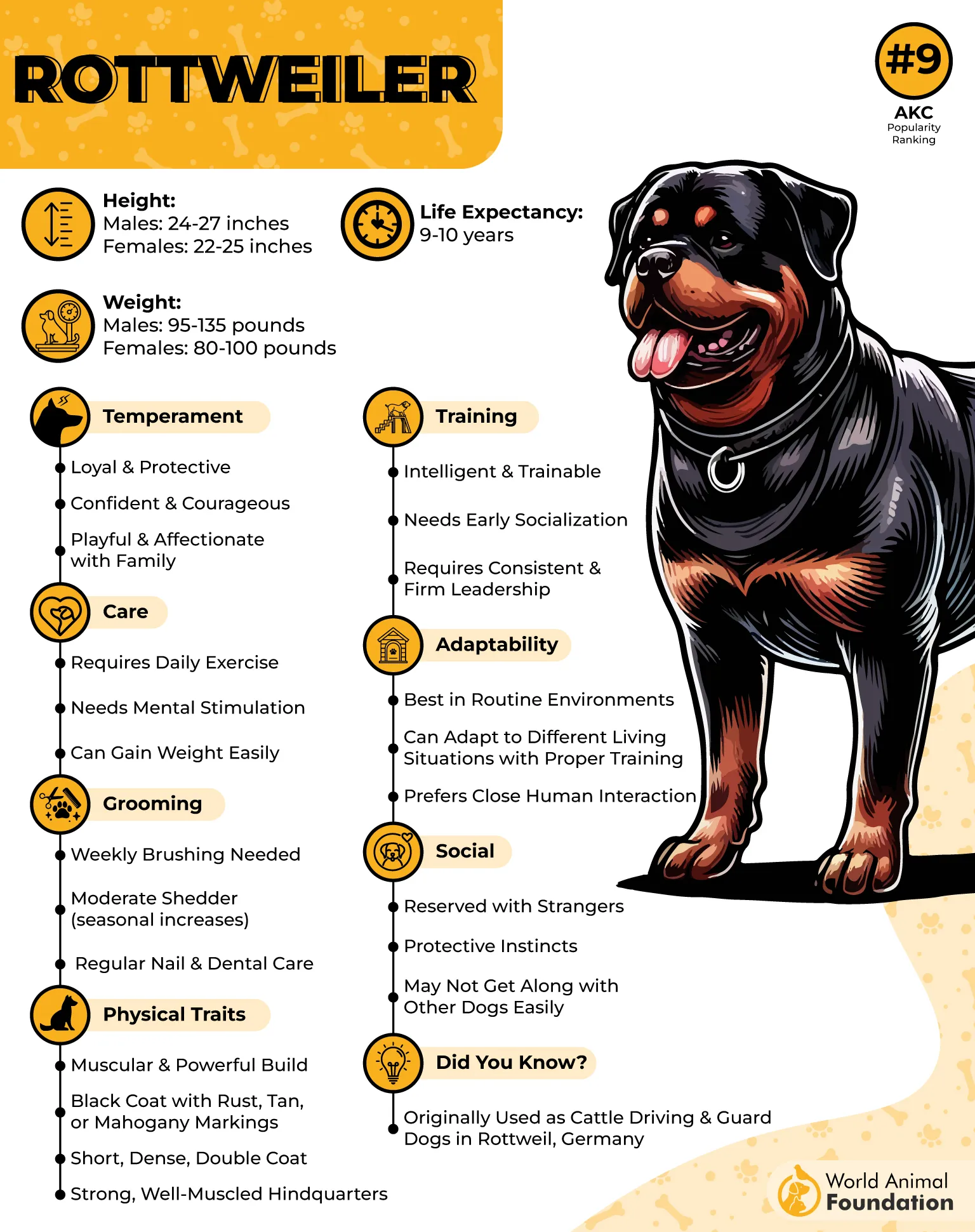
AKC claims that under that heavy frame lies an intelligent, emotionally intuitive companion who bonds deeply with one handler.
A well-socialized Rottweiler reads human energy like few breeds can, mirroring confidence yet responding to anxiety. For experienced owners, their companionship feels like a silent pact of mutual trust.
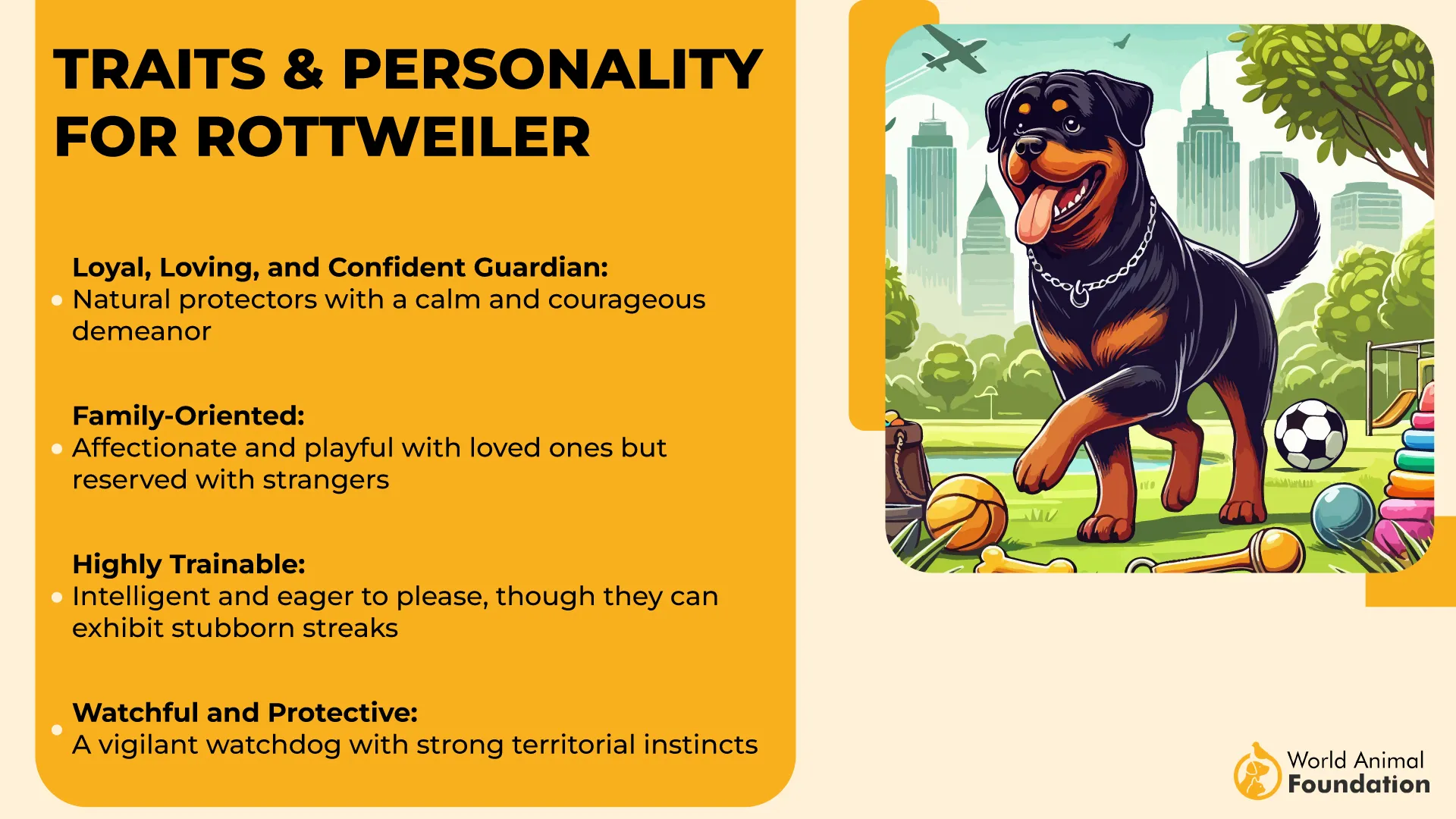
Caution Zone: Reading the Signals, Safety & Interaction Tips
-
Watch for a low, rumbling growl—it’s a warning, not a threat.
-
Avoid direct eye contact until the dog approaches calmly.
-
Move slowly; Rottweilers track motion before intent.
Training & Socialization Needs
-
Begin obedience work by 8–10 weeks.
-
Introduce controlled meet-and-greets with neutral dogs.
-
Reward composure under distraction more than aggression control.
The Rottweiler’s signature trait is its quiet power—strength measured by restraint, not reaction. Approach with respect, and you’ll meet one of the most disciplined protectors nature ever designed.
2. German Shepherd
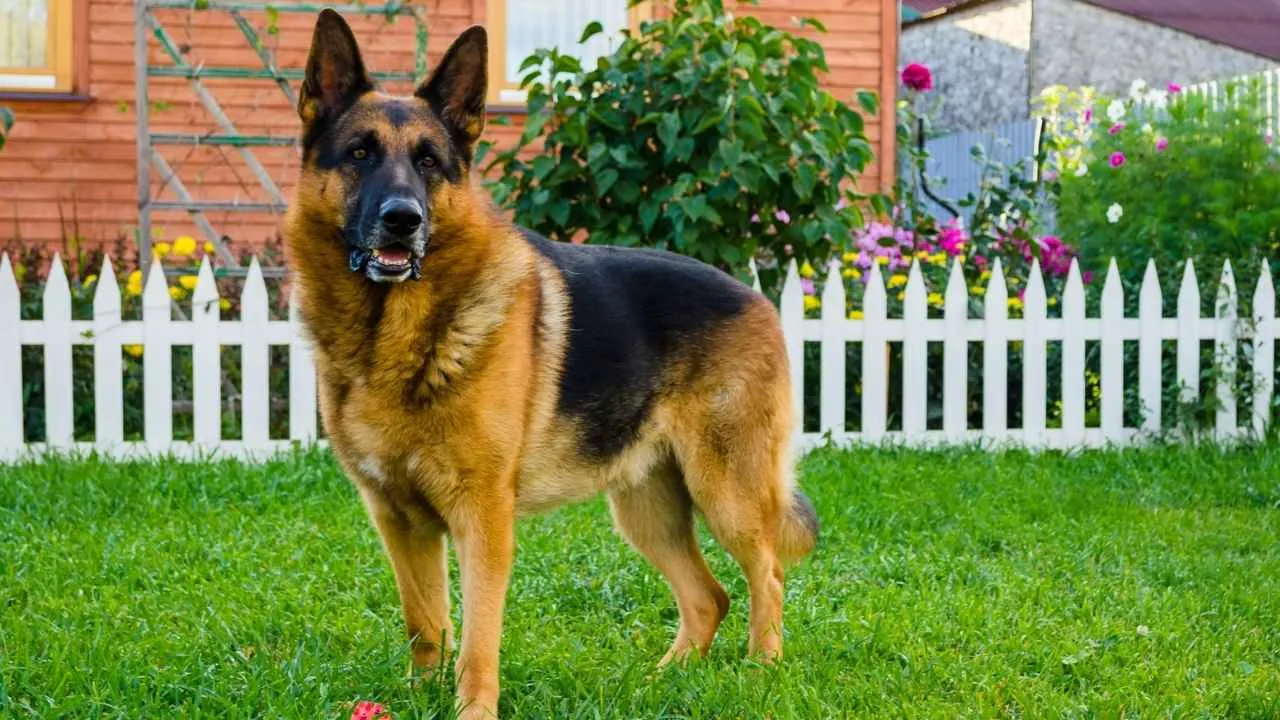
Few dogs combine athletic grace with razor-sharp intelligence like the German Shepherd. Developed in 19th-century Germany to herd flocks and protect them from predators, its instincts now drive police work, rescue operations, and loyal companionship. This breed thrives on purpose—idle time dulls its brilliance.
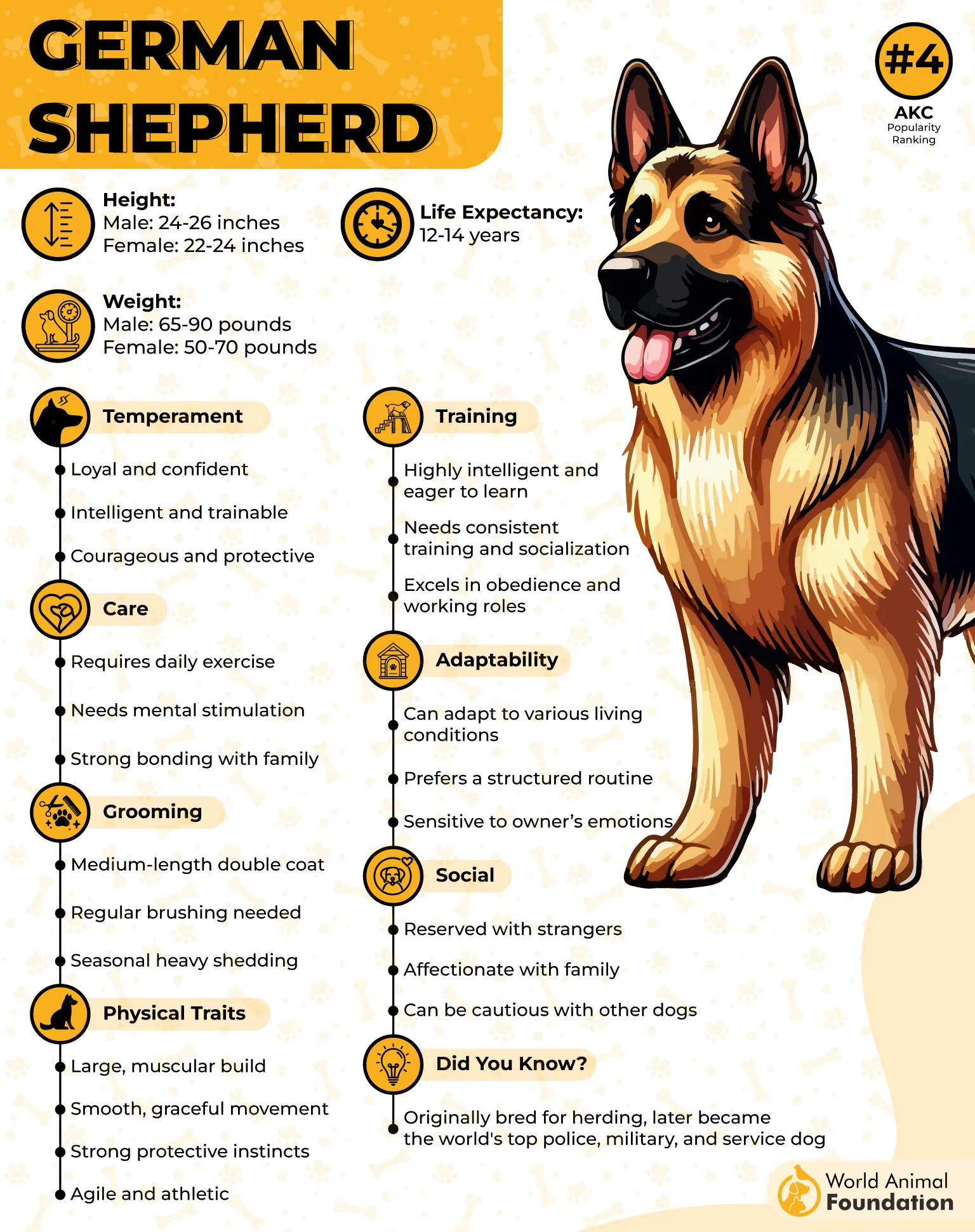
Inside that alert mind lives a thinker. German Shepherds analyze movement and tone before trusting, forming fierce attachments only when boundaries feel clear. They crave structure, not softness, and reward confident leadership with unmatched devotion.

Caution Zone: Reading the Signals, Safety & Interaction Tips
-
Raised hackles signal alert, not instant aggression.
-
Avoid startling from behind—they react to perceived ambush.
-
Give verbal reassurance before a physical approach.
Training & Socialization Needs
-
Teach directional commands early—this breed loves tasks.
-
Rotate challenges to prevent mental boredom.
-
Mix obedience with tracking or agility for balance.
PDSA notes that the German Shepherd’s defining feature is its blend of courage and control. When handled wisely, it transforms raw energy into protective grace—a living reminder that true power listens before it acts.
3. Doberman Pinscher
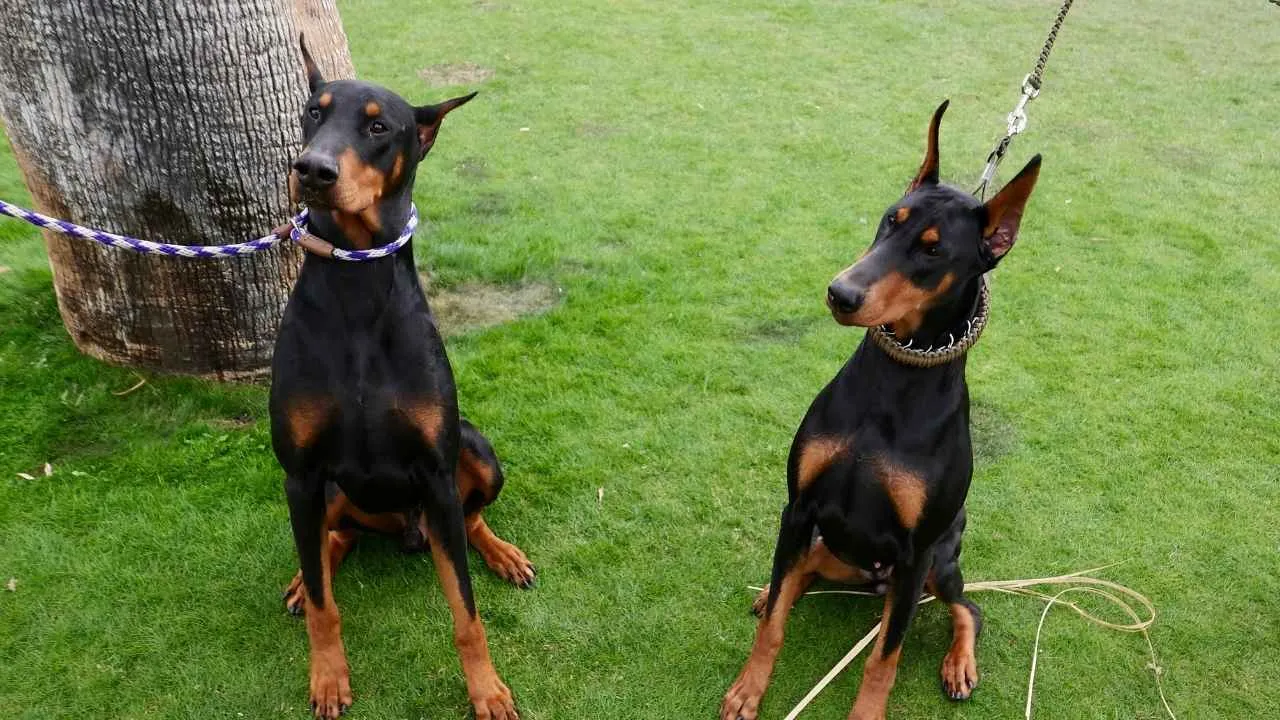
The Doberman’s silhouette tells its story before it moves—sleek muscle, upright posture, eyes locked in calculation.
Purina adds that originating in Germany as a tax collector’s guard, this breed was built for precision: fast enough to chase, confident enough to confront, and smart enough to choose restraint.
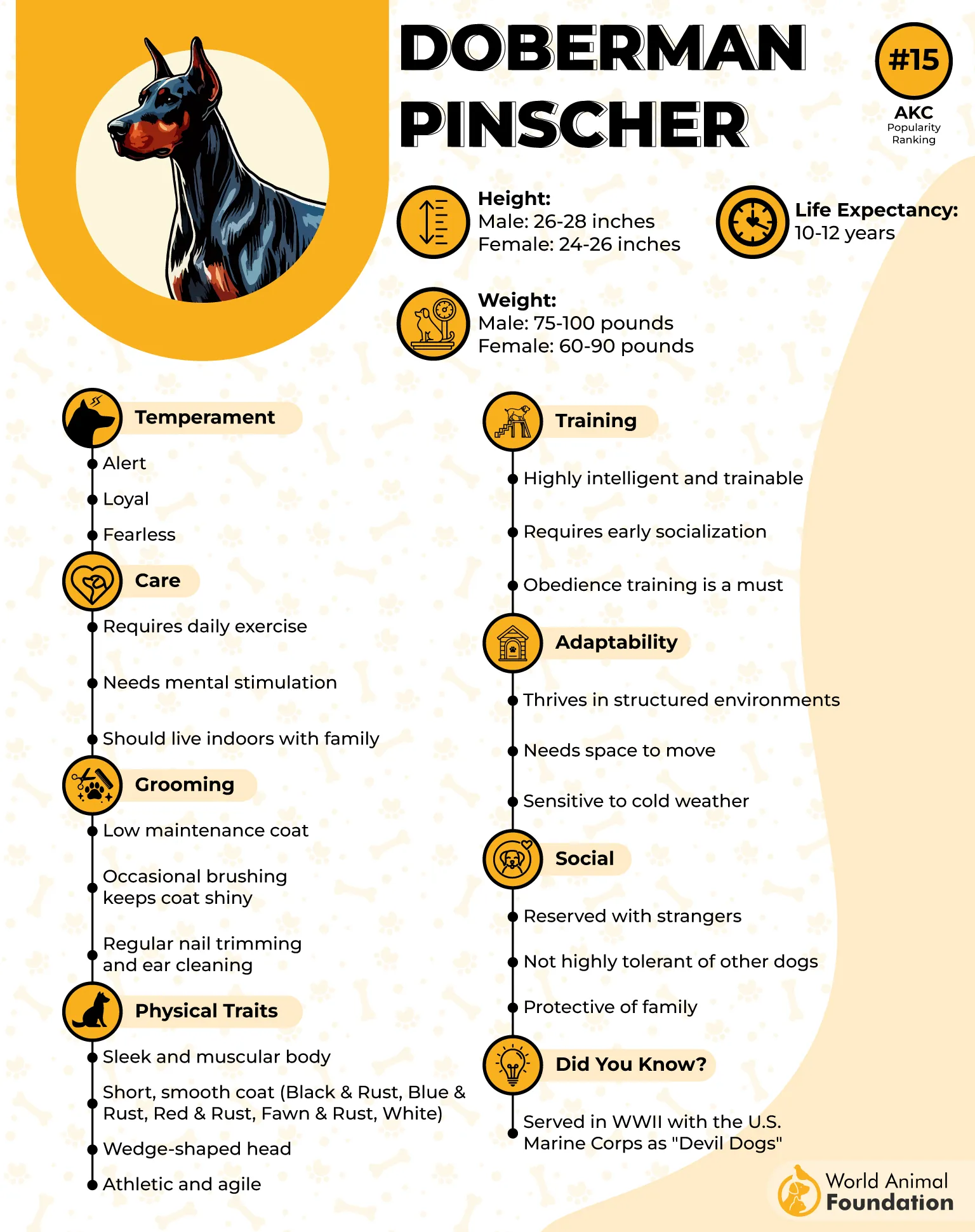
Mentally, Dobermans are analysts. They evaluate tone, body language, and distance before reacting. Their loyalty is intense and selective; they bond to people who project calm leadership. Handle them with steadiness, not volume.
Caution Zone: Reading the Signals, Safety & Interaction Tips
-
Ears pulled slightly back show curiosity; fully back signals discomfort.
-
Don’t rush to pet—wait for a shoulder nudge or head tilt.
-
Avoid shouting; sharp tones amplify anxiety.
Training & Socialization Needs
-
Reward precision—Dobermans love clear outcomes.
-
Introduce urban sounds early to desensitize.
-
Teach focus through scent or retrieval games.
The Doberman’s hallmark trait is its poised alertness—a warrior’s elegance honed by loyalty. Treat it as a partner, not a possession, and its vigilance becomes a masterpiece of controlled strength.
4. American Pit Bull Terrier

The American Pit Bull Terrier carries a misunderstood legacy. Originally bred for athleticism and determination, its muscular frame and unrelenting spirit are matched only by affection for trusted humans. Power radiates through every movement, yet the breed’s real energy lies in the heart, not hostility.
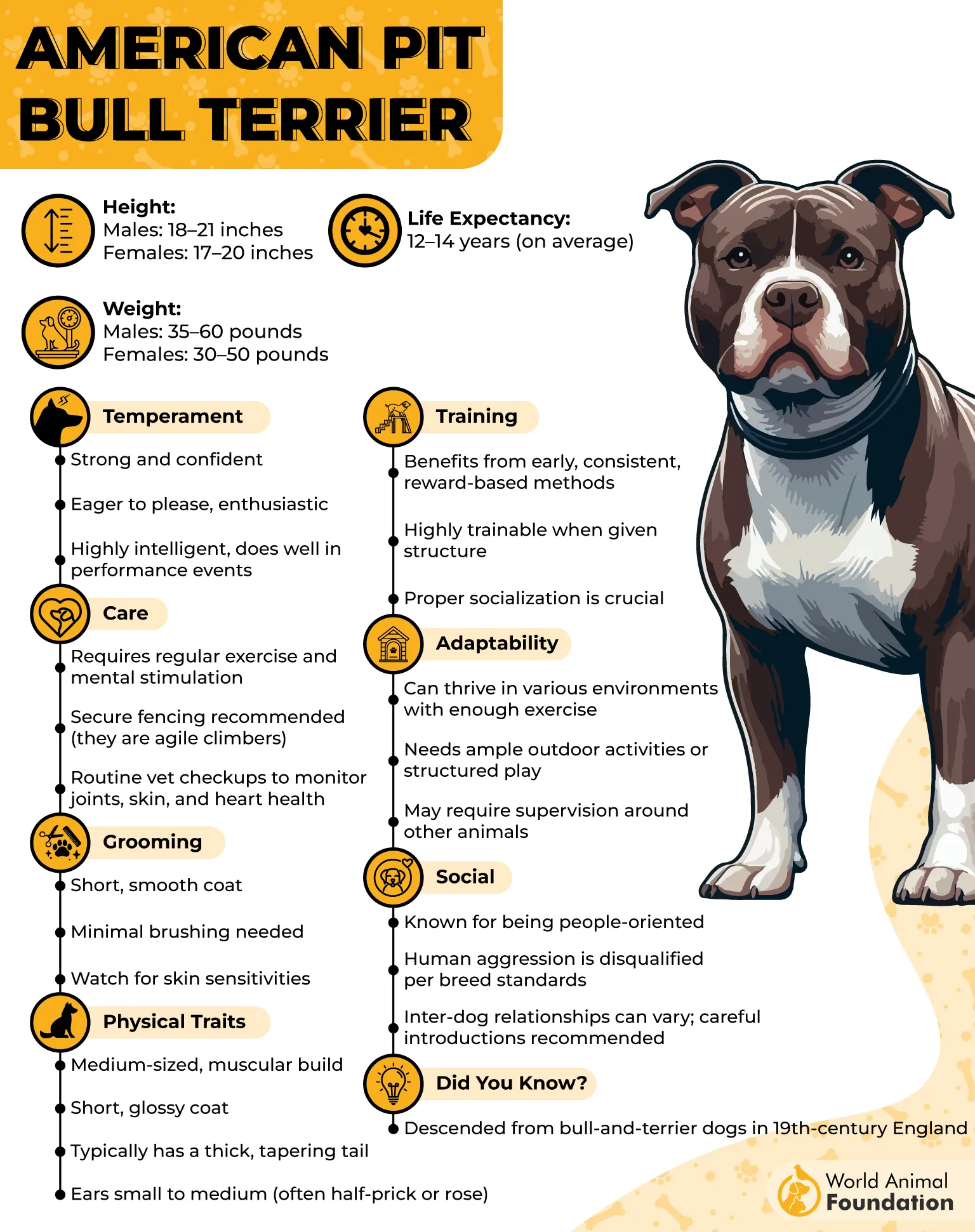
Inside, this dog thrives on connection. It senses human moods instantly and mirrors them, forming emotional bonds that feel almost human. But strength without guidance can lead to misinterpretation—a reminder that confidence, not fear, should lead the interaction.
Caution Zone: Reading the Signals, Safety & Interaction Tips
-
A stiff tail wag often signals arousal, not friendliness.
-
Avoid breaking eye contact abruptly; stay calm and steady.
-
Provide clear space—Pit Bulls need room to self-regulate.
Training & Socialization Needs
-
Use positive reinforcement exclusively—harshness backfires.
-
Enroll in group obedience to normalize dog presence.
-
Keep daily exercise mentally stimulating, not just physical.
The Pit Bull’s defining trait is courage rooted in affection. When respected and properly guided, it proves that strength paired with kindness can disarm the harshest myths.
5. Cane Corso

Majestic and imposing, the Cane Corso embodies the old-world guardian spirit of Italy. Once defending farms and estates, this breed’s power is tempered by purpose. Its mere presence commands respect, yet behind the muscles lies a calculating calm that measures every movement.
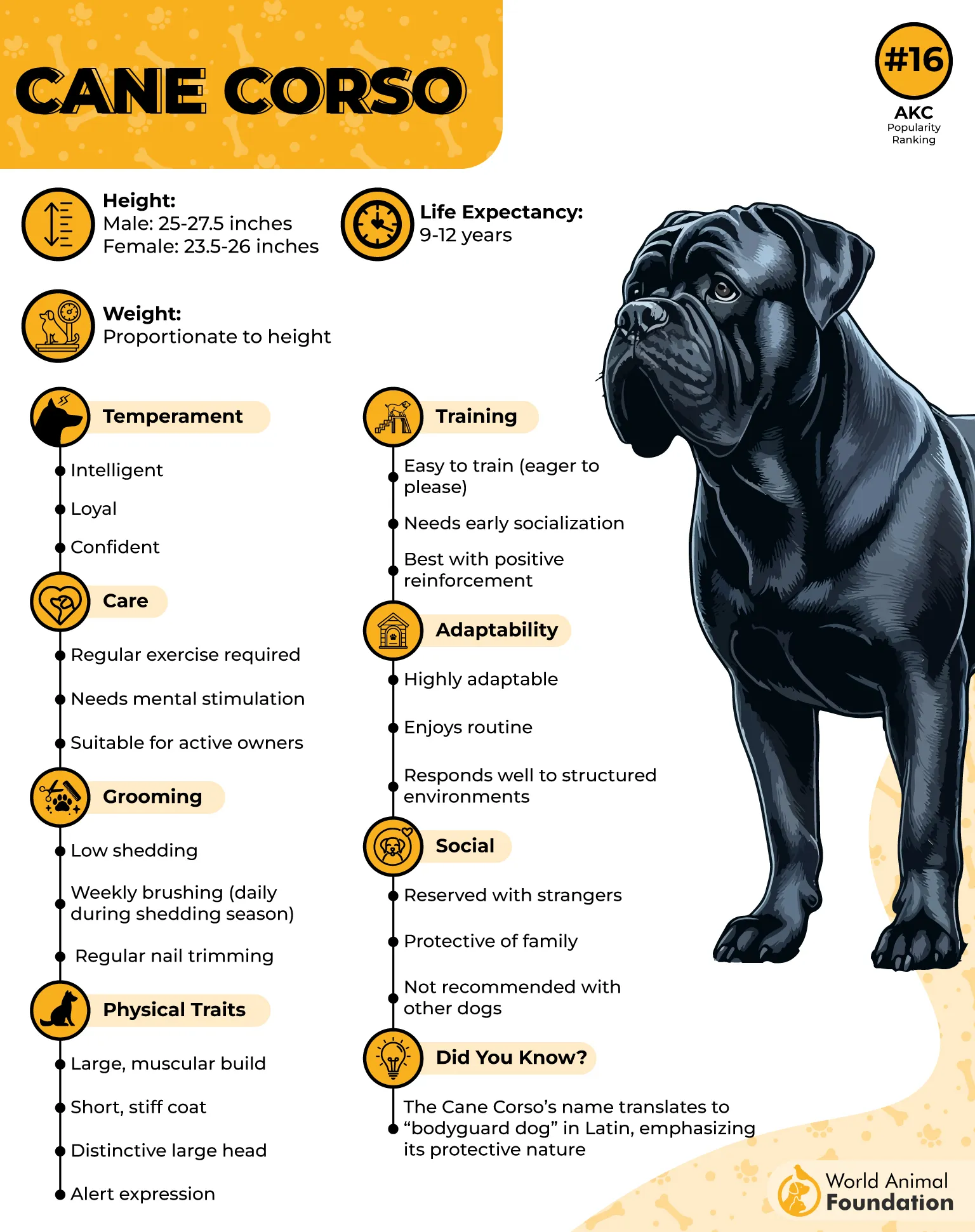
This guard dog reads intention before words. A Cane Corso watches posture, eye tension, and distance—deciding in seconds if you’re a friend or a concern. Ownership demands quiet authority; shouting only erodes trust.
Caution Zone: Reading the Signals, Safety & Interaction Tips
-
Avoid sudden hand gestures—they trigger guard instincts.
-
Stand sideways, not head-on, to reduce perceived threat.
-
Let them initiate proximity; forced approach breeds tension.
Training & Socialization Needs
-
Start impulse control games early.
-
Exposure to controlled environments, never chaotic crowds.
-
Reinforce calm through consistent body language.
The Cane Corso’s signature trait is controlled intimidation—a sentinel who protects through presence alone. Earn its trust and you’ll witness dignity molded by discipline, a living monument of protective power.
6. Dogo Argentino

Born from Argentine hunting lineage, the Dogo Argentino is a study in endurance and boldness. Designed to track and subdue wild boar, it merges explosive strength with rare stamina. Its white coat reflects heat, but its temperament carries intensity that commands deliberate respect.

Emotionally, this breed forms deep attachments to its human circle, guarding them with instinctive devotion. However, independence runs strong; this is a thinking dog that tests consistency daily. It respects calm authority above all else.
Caution Zone: Reading the Signals, Safety & Interaction Tips
-
Direct stare with stillness often precedes a challenge—redirect calmly.
-
Never interrupt feeding or play abruptly.
-
Avoid loud gatherings until trust is built.
Training & Socialization Needs
-
Prioritize recall commands early.
-
Introduce livestock or smaller pets gradually under supervision.
-
Maintain firm but empathetic leadership.
The Dogo Argentino’s hallmark is purposeful courage—strength channeled into loyalty. For those who earn it, this breed becomes a steadfast guardian with a warrior’s heart and a philosopher’s gaze.
7. Alaskan Malamute
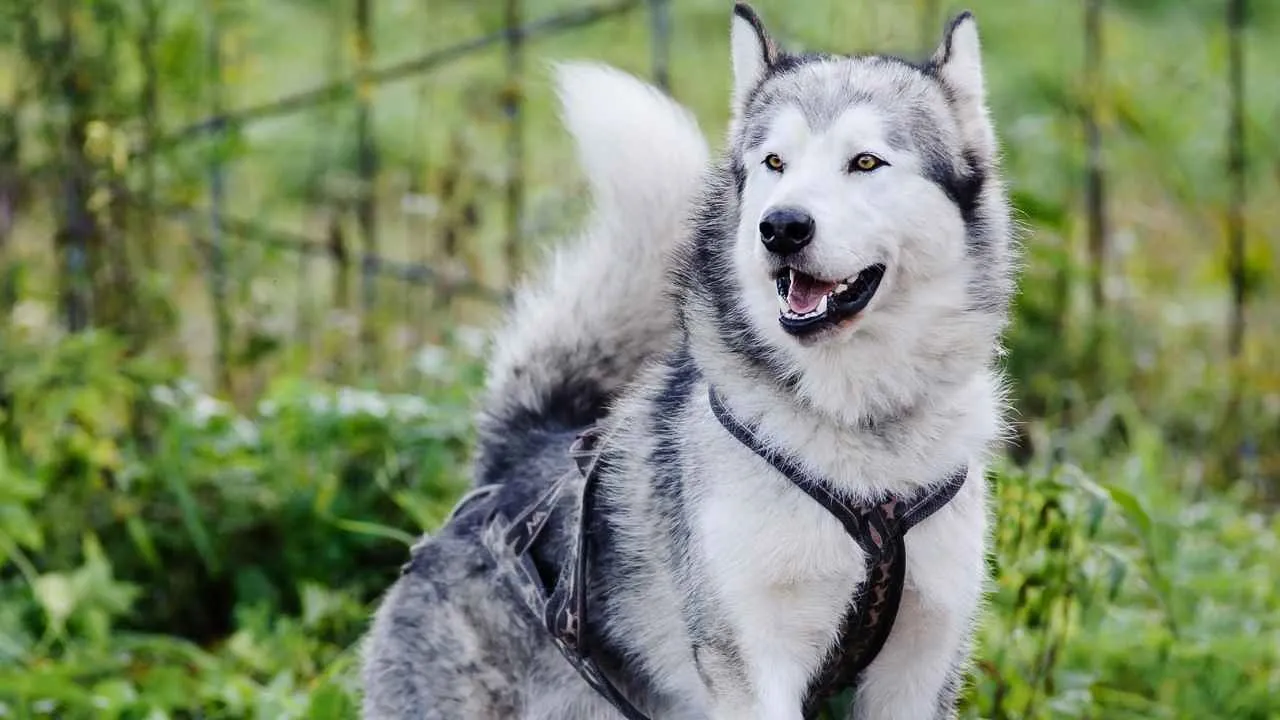
The Alaskan Malamute is power in motion—broad shoulders built for Arctic sleds, endurance for miles of snow. One of humanity’s oldest working breeds, it thrives on teamwork and instinctual drive. Its energy is raw yet rhythmic, more elemental than territorial.
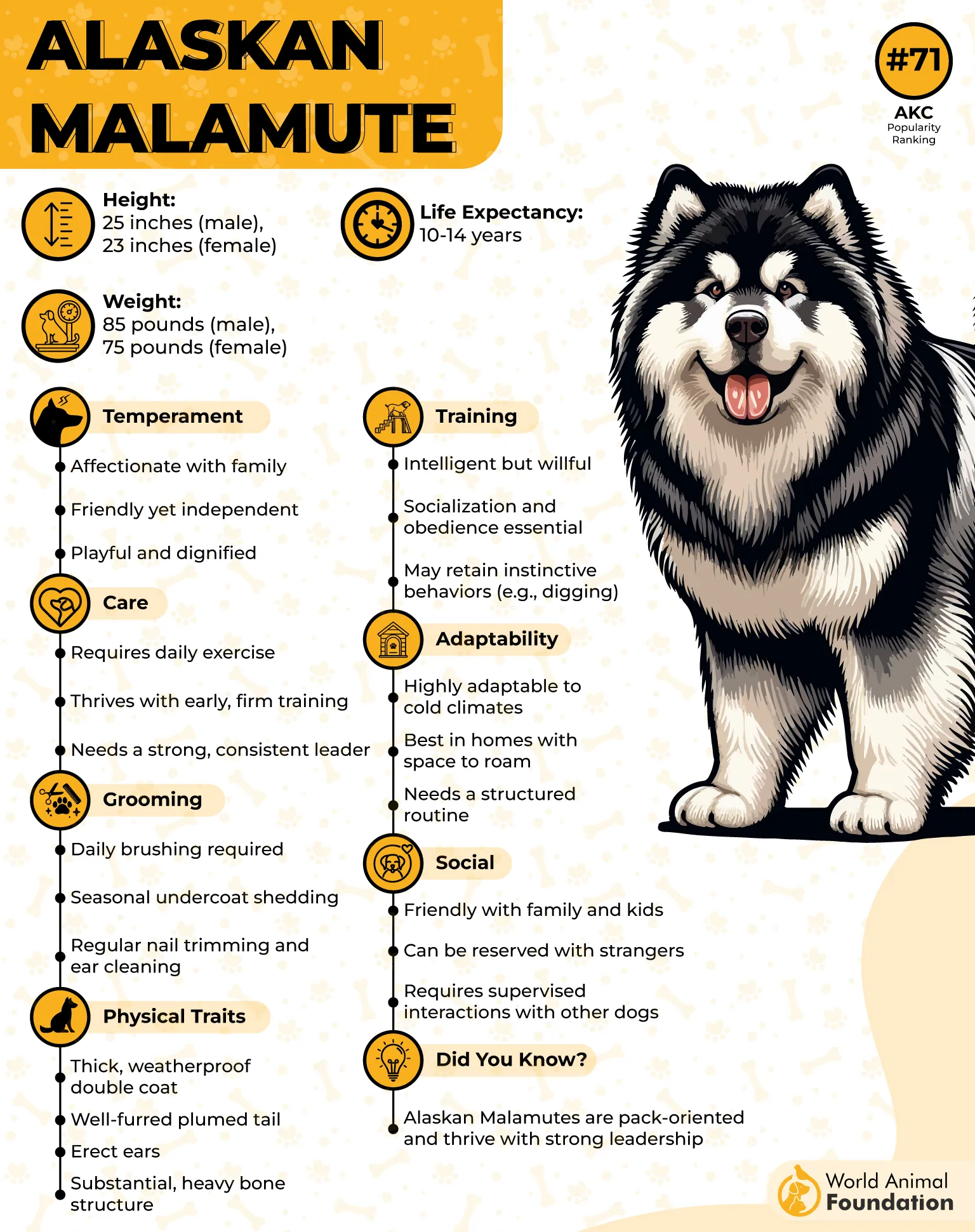
Inside, this northern spirit values independence and trust earned through action, not authority. Malamutes respect confident handlers who understand pack balance; dominance without rapport leads nowhere.
Caution Zone: Reading the Signals, Safety & Interaction Tips
-
Raised fur and fixed gaze show overstimulation, not aggression.
-
Give clear space when feeding or resting.
-
Avoid tight leashes; tension increases resistance.
Training & Socialization Needs
-
Use harnessed work—sled pulling or hiking—to channel energy.
-
Socialize early to reduce prey drive toward smaller animals.
-
Keep training short, firm, and consistent.
The Malamute’s defining trait is endurance powered by cooperation. Handle with steadiness and mutual respect, and you’ll discover a working legend whose strength lies as much in spirit as in muscle.
FAQs
What makes a dog breed “powerful” and potentially dangerous?
A powerful breed typically has strong physical attributes—such as a muscular physique, high bite force, or protective instincts—combined with sharp minds and high energy levels.
These traits make them excellent guard dogs or working dogs, but without proper training and socialization, their strength and alertness can lead to behavioral issues or accidental harm.
How can you safely approach a powerful dog you don’t know?
Always move calmly and avoid direct eye contact or sudden gestures. Let the dog approach you first, keeping your body turned slightly sideways to appear nonthreatening. Speak softly and observe the dog’s signals—raised fur, tense posture, or focused staring often mean it’s best to give space.
Can training and socialization reduce the risks of interacting with strong dog breeds?
Yes. Early obedience training, consistent reinforcement, and proper socialization from a young age teach powerful breeds how to manage energy and react calmly. When dog owners commit to the right training and patience, even the most muscular or naturally protective dogs can grow into safe, loyal companions and gentle family members.
Conclusion
Powerful dogs have a long history as hunting dogs, guard dogs, and loyal companions. They remind us that with proper training and mental stimulation, even the world’s strongest dogs can become great family dogs.
Gentle giants like Saint Bernards and Great Danes, or sled dogs such as Siberian Huskies, prove that impressive abilities and a gentle nature can coexist beautifully in giant breeds. Their protective nature and sweet temperament make them amazing companions for active families.
With consistent training, proper socialization, and daily walks, every dog owner can build trust with these powerful breeds. Explore more about other dogs that command respect and bond closely with their families—start your journey toward becoming a confident and caring dog owner today.


